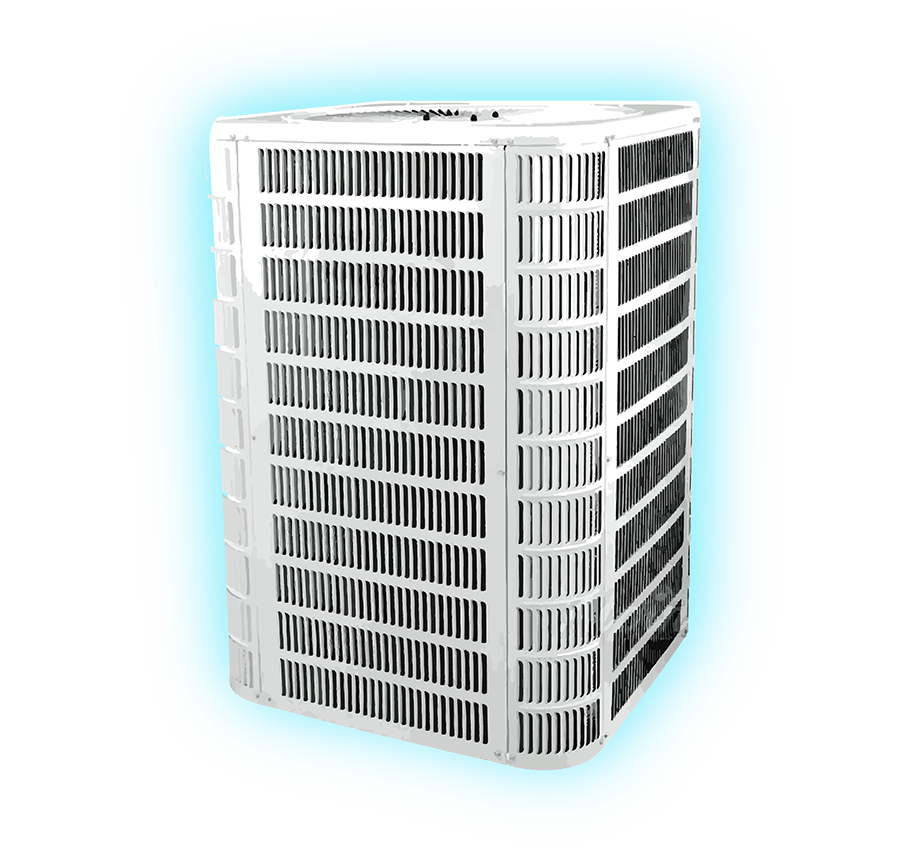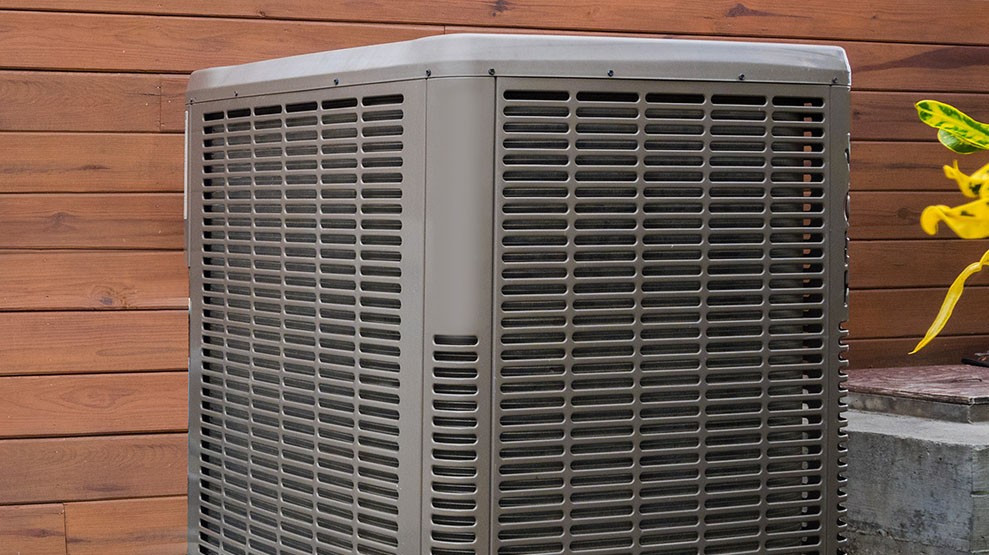Heat Pumps
Get $1,000 Back When You Switch From Gas to a High Efficiency Heat Pump
You could qualify for a $1,000 rebate and save around $700 on cooling and heating costs each year.
Heat pumps are the most energy-efficient and economical way to keep your home comfortable year-round. When you choose one with a high energy efficiency rating, you can benefit from additional cost savings, and for a limited time, a $1,000 rebate. A unit with a high SEER rating may cost more initially, but because of its low operating cost, it will pay for itself over time. Learn more about the eligibility requirements below.
Eligibility
Applicants must:
Be an active residential customer of Alabama Power
Be the property owner
Switch to an all-electric heat pump from a gas furnace
Complete a W-9 for rebate processing
The heat pump must:
Be the dominant (largest) HVAC unit in the home
- Have an energy efficiency rating of 20 SEER or 18 SEER2 or higher
This rebate may be subject to an onsite inspection by Alabama Power personnel. If the application information is deemed false, the customer will be expected to repay the rebate amount.
This offer is for a limited time. Alabama Power reserves the right to discontinue offers at any time, so check back often for updates.
Benefits of a Heat Pump
Energy Efficient
2-in-1 HVAC System
Improved Air Quality
Operates Quietly
How Does a Heat Pump Work?
Heat pumps are the most energy-efficient and economical way to keep your home comfortable year-round. Heat pumps utilize electricity to move heat from a cool space to a warm space, making the cool space cooler and warm space warmer. Even in cold air, heat energy is present so when it’s cold outside, a heat pump takes the heat in the outside air and transfers it inside, warming your home. During warmer weather, it reverses direction, acting like an air conditioner, to remove heat from your home.
Types of Heat Pumps
Air Source
An air-source heat pump is the most common type of the electric heat pump options. The air-source provides efficient heating and cooling for your home by using an outdoor unit to transfer heat between your house and the outside air.
In the winter, this system removes heat from the outside air and releases it inside, warming your home. A reversing valve can change the direction of the flow, acting like an air conditioner, to cool your house during the summer months.
Switching from gas to a high efficiency heat pump could save you around $700 each year. A high efficiency heat pump has SEER rating of 18 or higher. Learn more about energy efficiency ratings below.
Hybrid (Dual-Fuel)
If your home has a relatively new gas or propane furnace, the hybrid (dual-fuel) heat pump, also known as piggyback systems, may be a better choice than simply replacing your old air conditioner.
Benefits at a Glance
- Energy Savings – Customers can save energy and money by switching from a gas furnace to a hybrid heat pump.
- Reliability – Instead of letting a heat pump work overtime during bitterly cold temperatures, the furnace can quickly heat the home.
- Comfort – Year-round comfort from one system that heats and cools.
High Efficiency
A hybrid system combines a high-efficiency electric heat pump with a gas furnace to create one system that heats, cools and saves energy and money. If you have an existing furnace that’s functioning properly, you can put it to good use as a secondary or auxiliary heat source with a new, high-efficiency electric heat pump.
How It Works
In the summer, a hybrid heat pump is a dependable high-efficiency air conditioner. As the heating season starts, it continues to provide economical home comfort. During normal winter weather, the energy-efficient heat pump is the primary heating source. During extremely cold weather, a hybrid system automatically switches to the auxiliary fuel source for backup heating. The heat pump is automatically turned back on when temperatures begin to rise again.
Environmentally Friendly
Depending on the outside temperature, the hybrid system chooses the heating technology that is most efficient based on outdoor air temperature, reducing the carbon footprint.
Geothermal
Geothermal heat pumps provide a technology that utilizes renewable energy generated by the sun and the near-constant ground temperature to heat and cool your home. Rather than using outside air, this electrically powered system transfers heat through special underground pipes. Water circulates through these closed-loop pipes to the heating and cooling system inside your home to maintain an ideal temperature.
In the summer, a geothermal heat pump transfers heat through the water in the pipes from the home into the ground to provide air conditioning. During cold winter weather, the earth heats the water to provide indoor heating. Refined heat pump designs and improved pipe materials make these systems efficient heating and cooling options.
Energy Efficiency Rating
Whatever type heat pump you choose, the efficiency rating of the equipment is very important. Heat pumps are rated by a Seasonal Energy Efficiency Ratio (SEER). The higher the SEER, the greater the efficiency and the less it costs you to cool your home. The rating is much like the MPG rating for an automobile. The minimum SEER rating on equipment manufactured today is 15 SEER. While units rated 15 SEER provide savings, we suggest at least 20 SEER or 18 SEER2 for even more savings. SEER2 rating stands for Seasonal Energy Efficiency Ratio 2. This is the new main energy efficiency ratio introduced by the US Department of Energy in 2023. While it’s based on the same calculation as SEER, it’s tested under different conditions. Higher SEER-rated equipment is widely available and efficiency ratings will vary according to the BTUH size and brand selection. A unit with a high SEER rating may cost more initially, but because of its low operating cost, it will pay for itself over time.
What Should I Consider When Choosing a New Heat Pump?
1. Size: Select the right size for your home. If a heat pump is undersized or oversized, it will not heat or cool your home effectively.
2. Fuel source: Since there is no danger of combustible gases or toxic emissions with an electric heat pump, they do a better job at keeping indoor air clean, healthy and free of toxins.
3. Energy efficiency: Maximize energy savings and help the environment when you select an ENERGY STAR®-rated electric heat pump.
4. Seasonal Energy Efficiency Ratio (SEER): Air-source and hybrid systems measure cooling efficiency by SEER. The federal minimum standard for new homes in the southeast is 15 SEER.
5. Two-speed compressors: These compressors allow the heat pump to operate close to the heating or cooling capacity at any moment, saving energy and reducing compressor wear.
6. Variable-speed or dual-speed motors: Variable-speed fans attempt to keep air moving at a comfortable velocity, minimizing cooling drafts and maximizing energy savings.
7. Desuperheater: The desuperheater recovers waste heat from the cooling mode and utilizes it to heat water.



